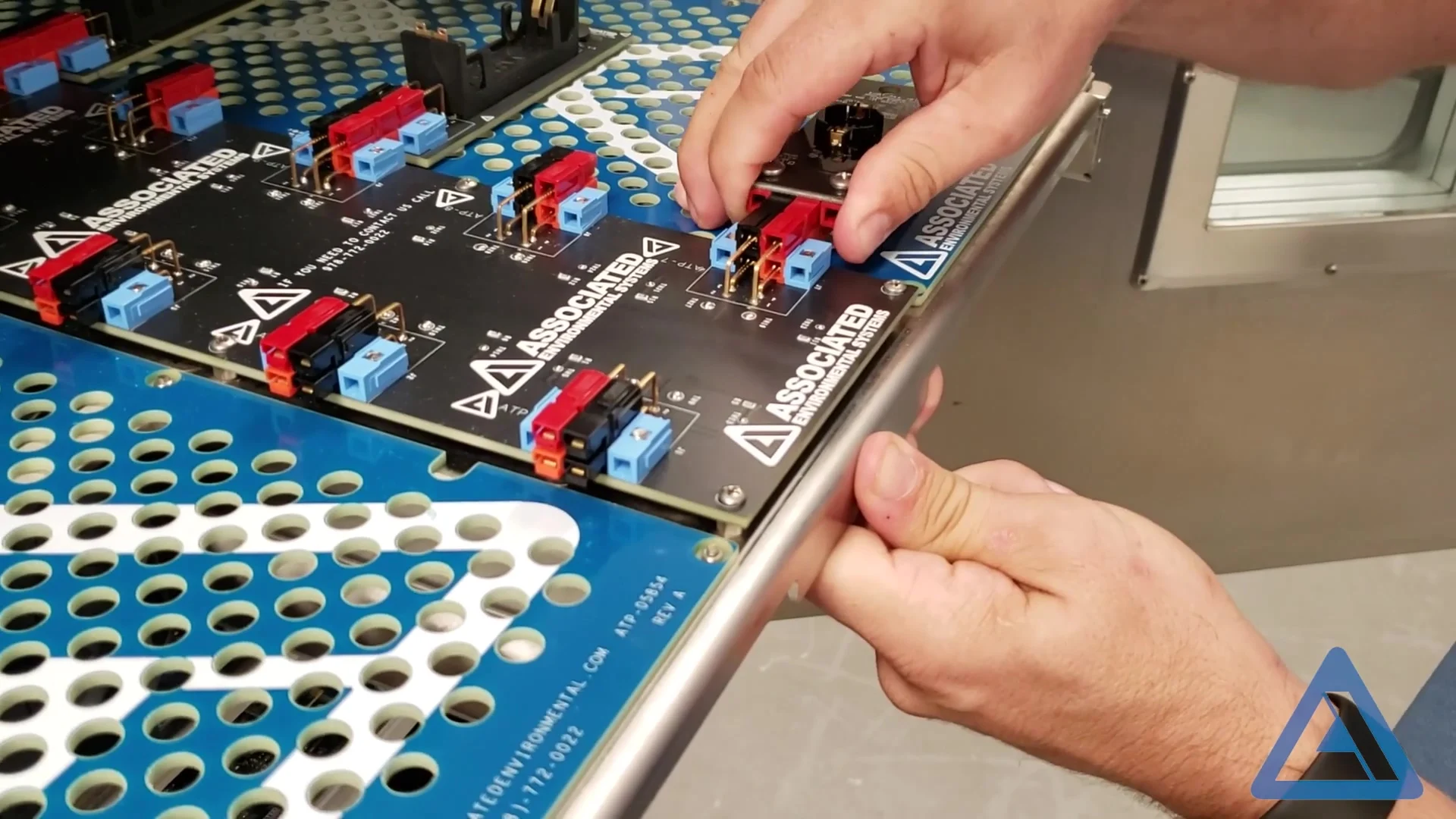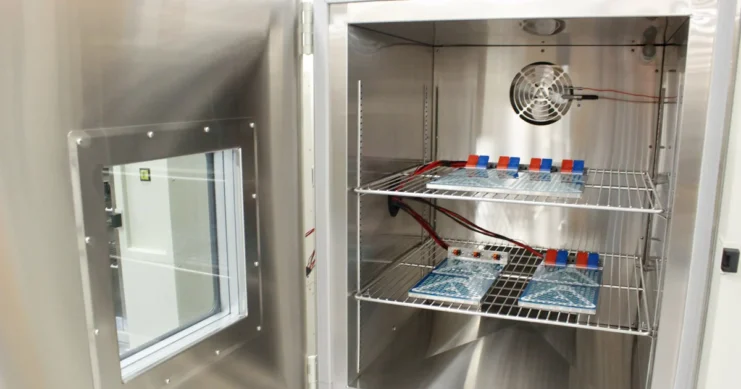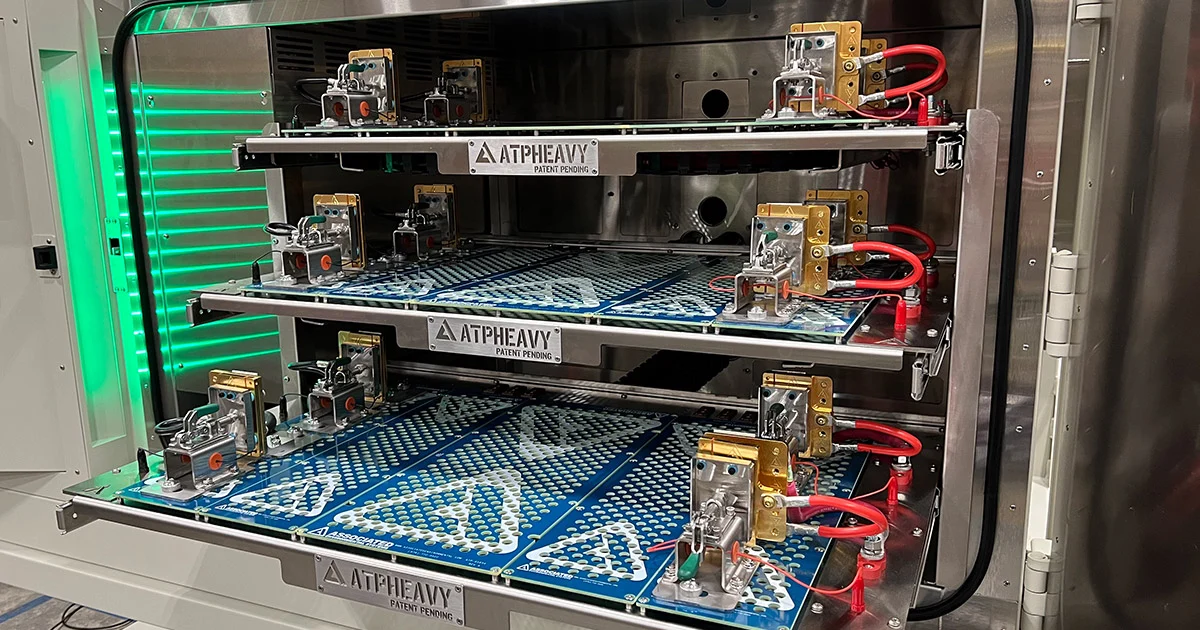Batteries, the unsung heroes in our gadgets, vehicles, and even renewable energy systems, are subjected to rigorous testing before they power our lives. A critical tool in this process is the battery test chamber. This specialized equipment plays a pivotal role in ensuring batteries not only perform as expected but do so safely.
The Core Function

At its essence, a battery test chamber is a sophisticated device designed to test and evaluate the performance of batteries under various environmental conditions. These chambers replicate extreme temperatures, humidity levels, and even atmospheric pressures to ascertain how batteries behave in different scenarios. This process is crucial for understanding the limits and capabilities of batteries, whether they are destined for your smartphone or an electric car.
Design and Features
No two battery test chambers are exactly alike, but they share common features. Typically, these chambers are insulated enclosures equipped with systems to control temperature and humidity precisely. Advanced models also include features to simulate altitude or apply mechanical stresses, broadening the scope of testing. Within these chambers, batteries undergo charging and discharging cycles under controlled conditions, providing valuable data about their endurance and safety.
Safety First
Testing batteries isn’t without risks. The nature of these tests means pushing batteries to their limits, which can sometimes lead to failures, such as leaks or even explosions. Therefore, safety is a paramount concern in the design and operation of battery test chambers. Robust safety features like explosion-proof interiors, fire suppression systems, and emergency cut-offs are standard in these chambers to protect both the batteries and the technicians.
The Role in Research and Development
Battery test chambers are indispensable in the research and development of new battery technologies. By simulating real-world conditions, they help researchers understand how modifications in battery chemistry or structure affect performance. This is crucial in innovating batteries that are more efficient, longer-lasting, and safer.
Industry Compliance and Standards

One key role of battery test chambers is in ensuring that batteries meet industry standards and regulations. Various international standards dictate how batteries should perform under different conditions. Test chambers are used to verify compliance with these standards, which is vital for consumer safety and trust.
Integrating Environmental Concerns
The evolution of battery test chambers isn’t just about technological sophistication; it’s also about environmental responsibility. Modern chambers are designed to be more energy-efficient, reducing the ecological footprint of battery testing processes. This shift reflects a broader industry trend towards sustainable practices, recognizing the importance of environmental conservation in technology development.
Customization for Specific Needs
Battery test chambers are not one-size-fits-all solutions. They come in various sizes and configurations, tailored to specific types of batteries and testing requirements. For instance, a chamber for testing small consumer electronics batteries differs vastly from one used for electric vehicle batteries. Customization extends to the software used to control the tests, ensuring precise and relevant testing protocols are followed.
The Human Element
While the focus is often on the technology, the human element in operating battery test chambers is crucial. Skilled technicians and engineers are needed to design tests, operate the chambers, and interpret the data. Their expertise ensures that the tests are not only conducted safely but also that the results are accurate and meaningful. Ongoing training and professional development are essential in this rapidly evolving field.
Challenges and Solutions

Battery testing is not without its challenges. One major issue is the time it takes to conduct thorough tests, especially for batteries with long life cycles. Accelerated life testing techniques are being developed to address this, simulating years of battery use in a fraction of the time. Another challenge is the ever-changing landscape of battery technology itself, requiring constant updates and modifications to testing protocols and equipment.
Global Standards and Collaboration
The battery industry is a global one, and battery test chambers reflect this. Collaboration and standardization across borders are essential to ensure consistency in battery quality and safety worldwide. This includes sharing best practices, developing international standards, and adapting to various regulatory environments. Such collaboration not only fosters innovation but also helps in addressing global challenges like climate change and energy security.
Adapting to Emerging Technologies
The landscape of battery technology is in a constant state of flux, with new materials and chemistries emerging regularly. Battery test chambers must adapt to these changes to remain relevant. For instance, the rise of lithium-ion batteries brought new testing requirements due to their unique characteristics and risks. As we move towards more advanced technologies like solid-state or lithium-sulfur batteries, test chambers will need to evolve, incorporating new testing protocols and safety measures. This adaptability is crucial not only for assessing the performance of these novel batteries but also for ensuring they can be safely integrated into our daily lives, from personal electronics to grid-scale energy storage systems.
The Broader Impact
Beyond their immediate function, battery test chambers have a broader impact on society and the economy. By ensuring the reliability and safety of batteries, they play a vital role in consumer confidence. This trust is crucial for the adoption of electric vehicles and the success of renewable energy initiatives, both of which rely heavily on battery technology. Additionally, as the demand for batteries grows, so does the need for these test chambers, creating opportunities in manufacturing, engineering, and research sectors.
Looking Ahead

As we look to the future, the importance of battery test chambers will only grow. They are critical in the transition to renewable energy sources, electrification of transportation, and the overall reduction of our carbon footprint. Innovations in battery technology will continue to drive advancements in test chamber design and functionality, making them an exciting and dynamic field to watch.
End Note
In summary, battery test chambers are more than just testing equipment; they are a nexus of technology, safety, innovation, and environmental responsibility. Their role in the battery lifecycle, from development to deployment, is irreplaceable, ensuring that as our reliance on batteries grows, we do so with confidence in their performance and safety.

